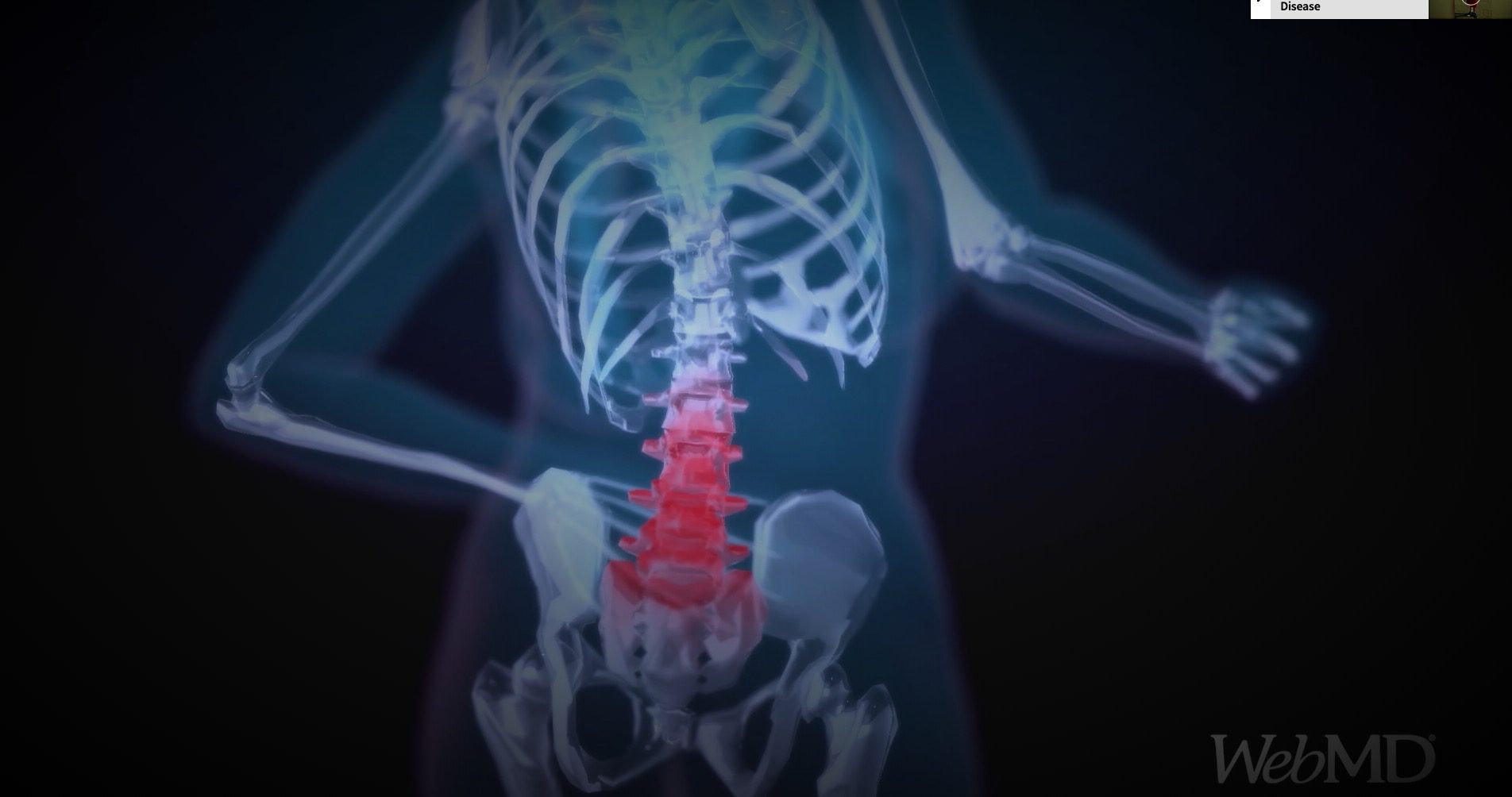Information center / Osteoporosis
Using the DEXA Scan (Dual X-ray Absorptiometry) to measure bone health

(WebMD) — Testing your bone density — how strong your bones are — is the only way to know for sure if you have osteoporosis. One common test doctors use is called dual energy X-ray absorptiometry (DXA or DEXA).
DXA scanning focuses on two main areas — the hip and the spine. If you can’t test those, you can get a DXA scan on your forearm. These areas can give your doctor a good idea of whether you’re likely to get fractures in other bones in your body.
The scan generally takes 10 to 20 minutes. It’s painless, and the amount of radiation you get from the X-rays the scan uses is low. Unlike some other types of tests, like MRIs or CT scans, you won’t have to lie inside a closed tunnel or ring. Instead, you’ll lie on an open X-ray table and try to stay still as the scanner passes over your body. When the test is over, you’ll be able to go home. (…)
[button href=”https://www.webmd.com/osteoporosis/guide/dexa-scan?ecd=wnl_wmh_120319&ctr=wnl-wmh-120319_nsl-Bodymodule_Position3&mb=U1KwYnnRV1gjdfxGrKZxPng0WleHxvIqFPdPDlIVeww%3d” arrow=”true” new_tab=”true”]read full story[/button]
Categories
